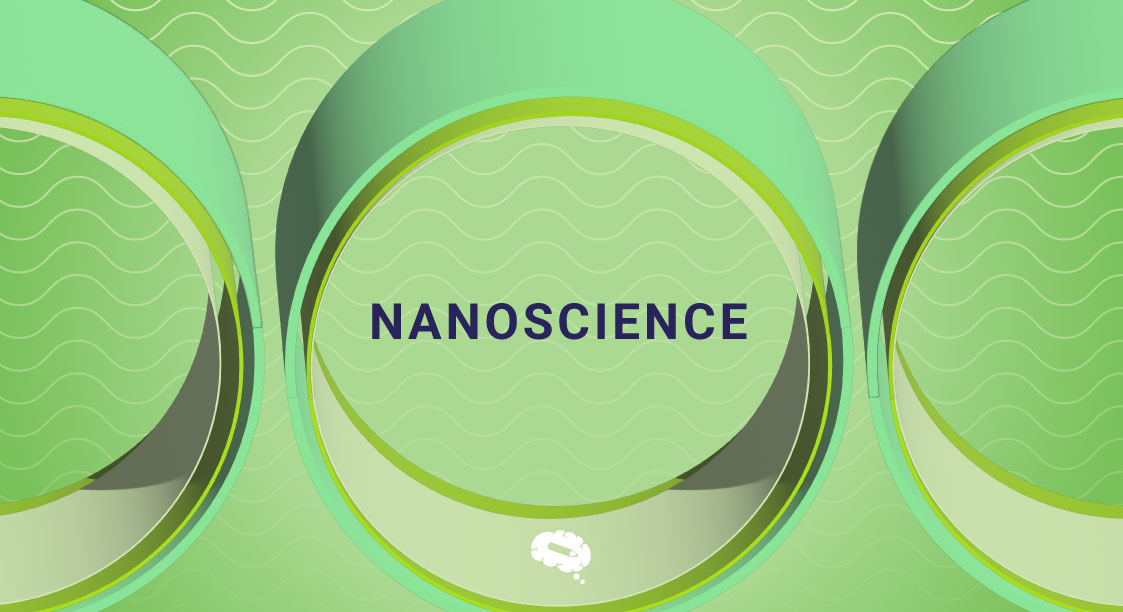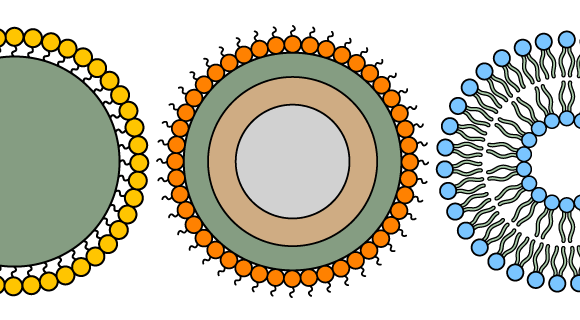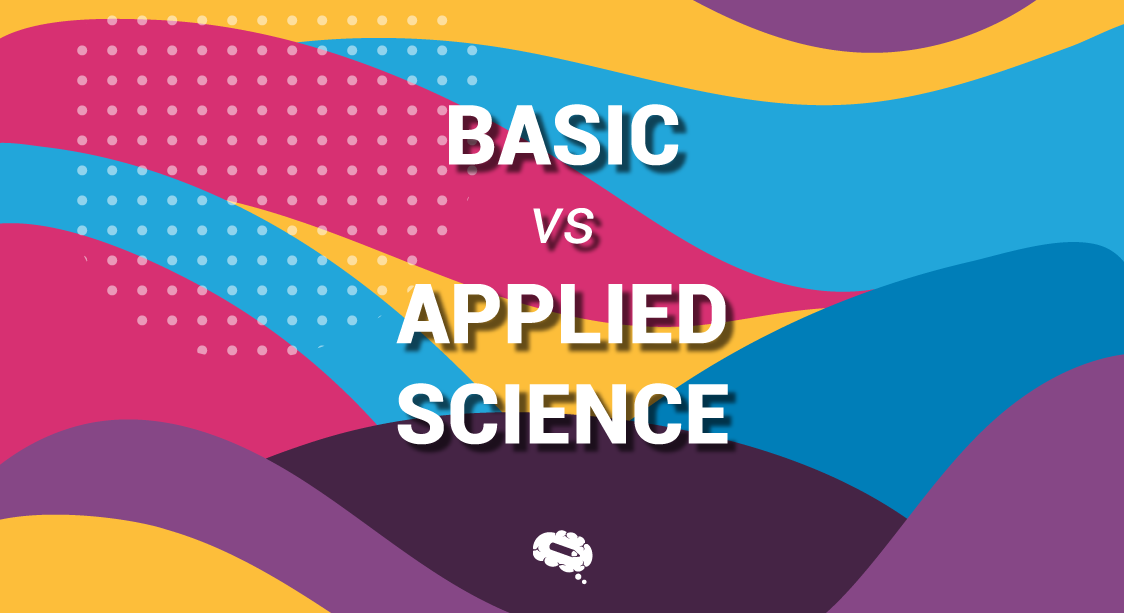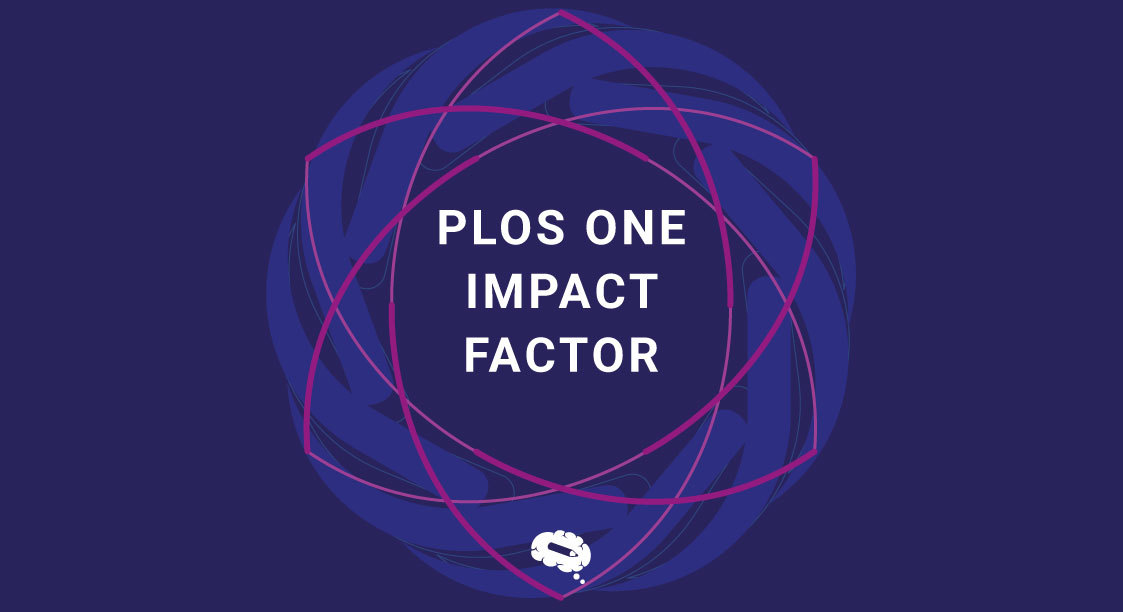Nanoscience and nanotechnology are two interconnected areas that investigate the unique features of materials at the nanoscale. Materials display characteristics and behaviors at this scale that differ from those found at higher scales, making nanoscience and nanotechnology important for generating new technologies and understanding fundamental principles of matter.
In this article, we will dig into the interesting area of nanoscience and nanotechnology, analyzing their impact, as well as their differences.
What is nanoscience?
The study of the characteristics and behavior of materials at the nanoscale is known as nanoscience. The nanoscale is based on the nanometer and it has a dimensional range of between 1 to 100 nanometers.
A nanometer (nm) is a length unit that is one billionth of a meter, or 0.000000001 meters. It is an extremely tiny measuring scale that is often used to characterize the sizes of atoms, molecules, and, of course, nanoparticles.
At this scale, materials have a high surface area-to-volume ratio, which can cause changes in their electrical, optical, and mechanical characteristics. Nanoparticles, for example, might have different chemical reactivity, optical characteristics, and electrical conductivity than bulk materials.
Nanoscience is a multidisciplinary area that includes several scientific fields such as physics, chemistry, biology, and materials science. Researchers in this field investigate the distinct features of nanoscale materials, as well as how these materials may be modified and exploited to produce new technologies. Scientists may change the physical, chemical, biological, and optical aspects of matter by operating at the atomic level.
How was nanoscience developed?
Nanoscience evolved gradually over several decades, with advancements in a variety of scientific fields. In the 1950s, physicist Richard Feynman invented the term “nanoscience” in a presentation titled “There’s Plenty of Room at the Bottom,” in which he imagined the prospect of influencing and seeing matter on a nanoscale.
The invention of techniques for seeing and controlling materials at the nanoscale was a vital part in the advancement of nanoscience. Gerd Binnig and Heinrich Rohrer’s invention of the scanning tunneling microscope in 1981 was a milestone in this field, allowing scientists to observe individual atoms and molecules for the first time.
Another significant advancement was the finding of unexpected physical and chemical characteristics as materials were reduced to the nanoscale. As materials are made smaller, for example, their surface area-to-volume ratio rises, causing changes in their optical, electrical, and magnetic characteristics. This finding paved the way for the creation of nanotechnology, which aims to produce new materials and gadgets by manipulating matter on a nanoscale.
What is the impact of nanoscience?
Nanoscience has had a major influence on several fields of science and technology, as well as on society as a whole. This research field has resulted in the discovery and creation of innovative materials with distinct features, such as carbon nanotubes and graphene, which have useful applications in sectors such as aircraft, automobile, and sports equipment.
The utilization of nanoscale characteristics has enabled the downsizing of electronic equipment such as computer chips, resulting in gains in performance, power consumption, and affordability.
Nanoscience has also resulted in the creation of innovative disease diagnostic tools and therapies. Nanoscale drug delivery systems, for example, can target specific cells or tissues, decreasing adverse effects and increasing treatment success.
Nanoscience has the potential to address environmental issues including pollution and climate change, as well as the potential to revolutionize energy generation and storage. Nanoscale materials, for example, can be employed to generate more efficient catalysts for pollution removal.

Difference between nanoscience and nanotechnology
Although the names “nanoscience” and “nanotechnology” are sometimes used similarly, there is a clear distinction between the two.
In essence, nanoscience is the study of the principles of controlling materials and events at the nanoscale.
Whereas nanotechnology refers to nanoscience’s practical applications. It entails the development, manufacture, and use of nanoscale materials and technologies for specialized goals.
Nanotechnology applied nanoscience knowledge and methods to generate new products, processes, and technologies in practical applications for fields such as medicine, energy, electronics, and materials.
Nanotechnology frequently includes the use of nanomaterials in the development of new products and technologies. To learn more about nanomaterials, read the article “What are nanomaterials and why are they important?”.
Nanoscience and nanotechnology major achievements
- Nanoelectronics: The development of nanoscale electronic devices such as quantum dots and nanowires;
- Aircraft: Nanocomposites have enabled the development of lightweight, high-strength materials for aircraft applications;
- Imaging: Nanoparticles can be employed as contrast agents to improve imaging techniques like MRI, CT, and ultrasound, allowing for earlier and more accurate disease detection;
- Tissue engineering: Nanomaterials can be utilized to produce scaffolds for tissue engineering, allowing the development of functioning tissues and organs for transplantation;
- Water purification: Nanotechnology-based membranes and filters for water purification have been created, allowing for more effective removal of impurities and improved availability of pure water for drinking;
- Air pollution control: Nanoparticles may be utilized to remove contaminants from the air, making air pollution control more effective;
- Energy efficiency: Nanotechnology has made it possible to produce more efficient energy generation and storage technologies, such as solar cells and batteries;
- Sensors: Nanoscale sensors have excellent sensitivity and specificity in detecting changes in physical, chemical, or biological signals, enabling new use cases in electronic sensing and monitoring.
What does the future hold for nanoscience?
Ultimately, the future of nanoscience holds a lot of promise for new and fascinating advancements and applications in a wide range of fields. As nanoscience advances, it is probable that discoveries will occur that will have a substantial influence on society and the world we live in.
Nanoscience has the possibility of influencing many fields of science and engineering, from environmental remediation to food research to space exploration, including the creation of new materials with unique features such as increased strength, conductivity, or reactivity.
Therefore, the future of nanoscience appears to be quite promising and full of opportunities.
Visually appealing figures for your research
Scientific figures are intended to show, introduce, and highlight concepts or facts that would be difficult or time-consuming to convey in words. Yet, like with anything else in research, it must be introduced with caution.
The perfect approach for you to add the right kind of figures is to have the right supporter by your side; Mind The Graph is the one to lead you through this critical process, providing you with simple and easy-to-use templates.

Subscribe to our newsletter
Exclusive high quality content about effective visual
communication in science.




